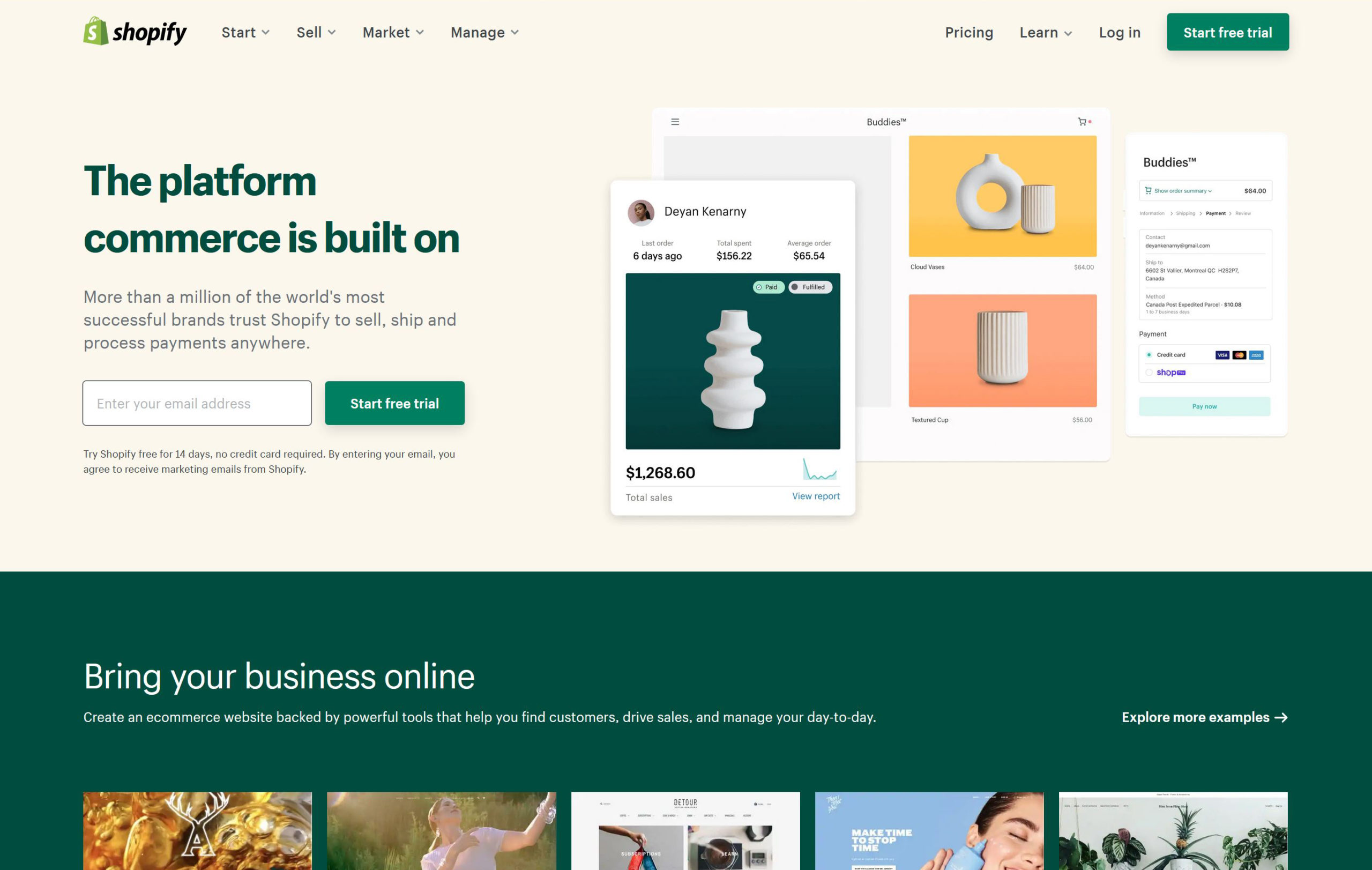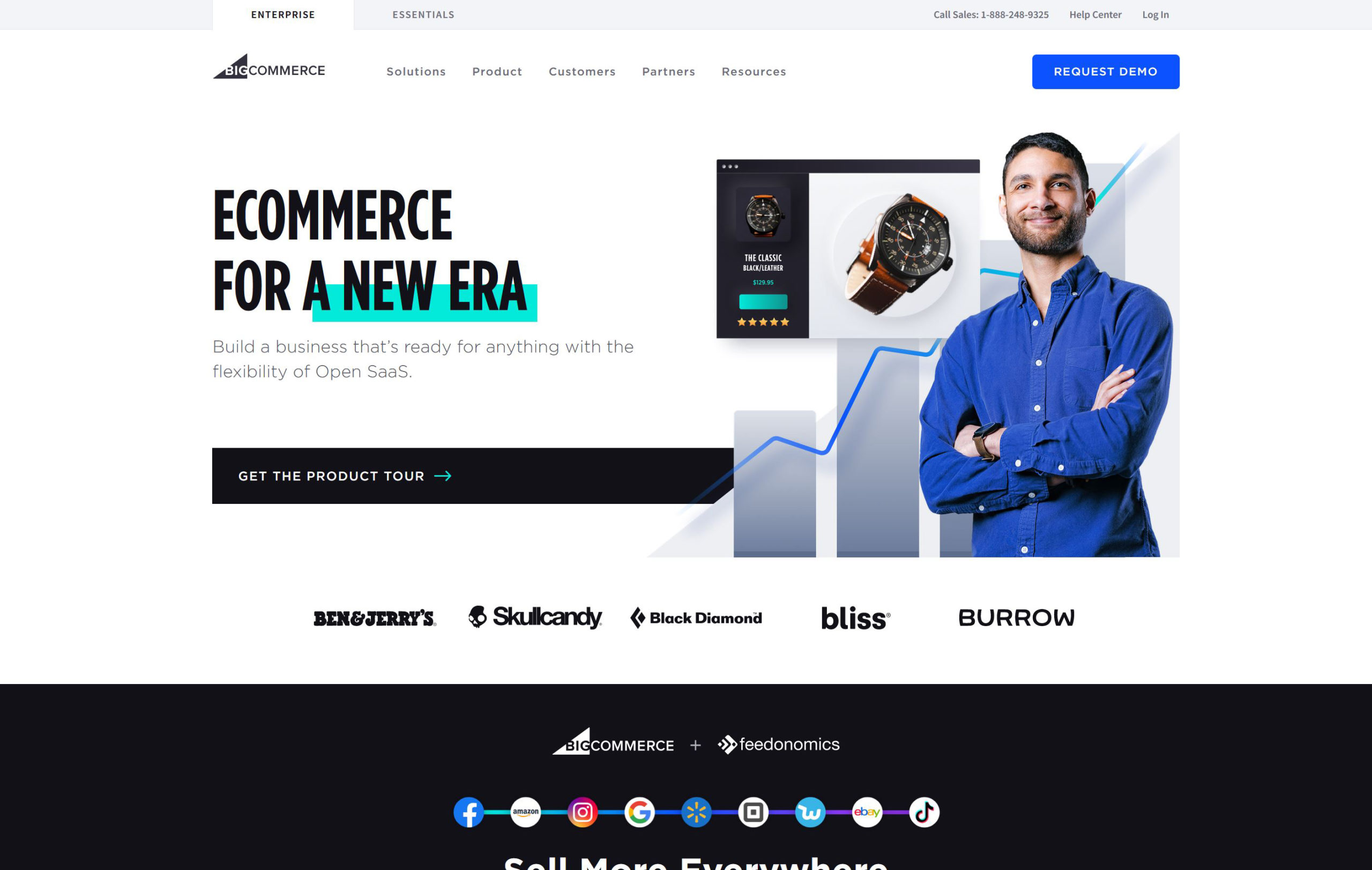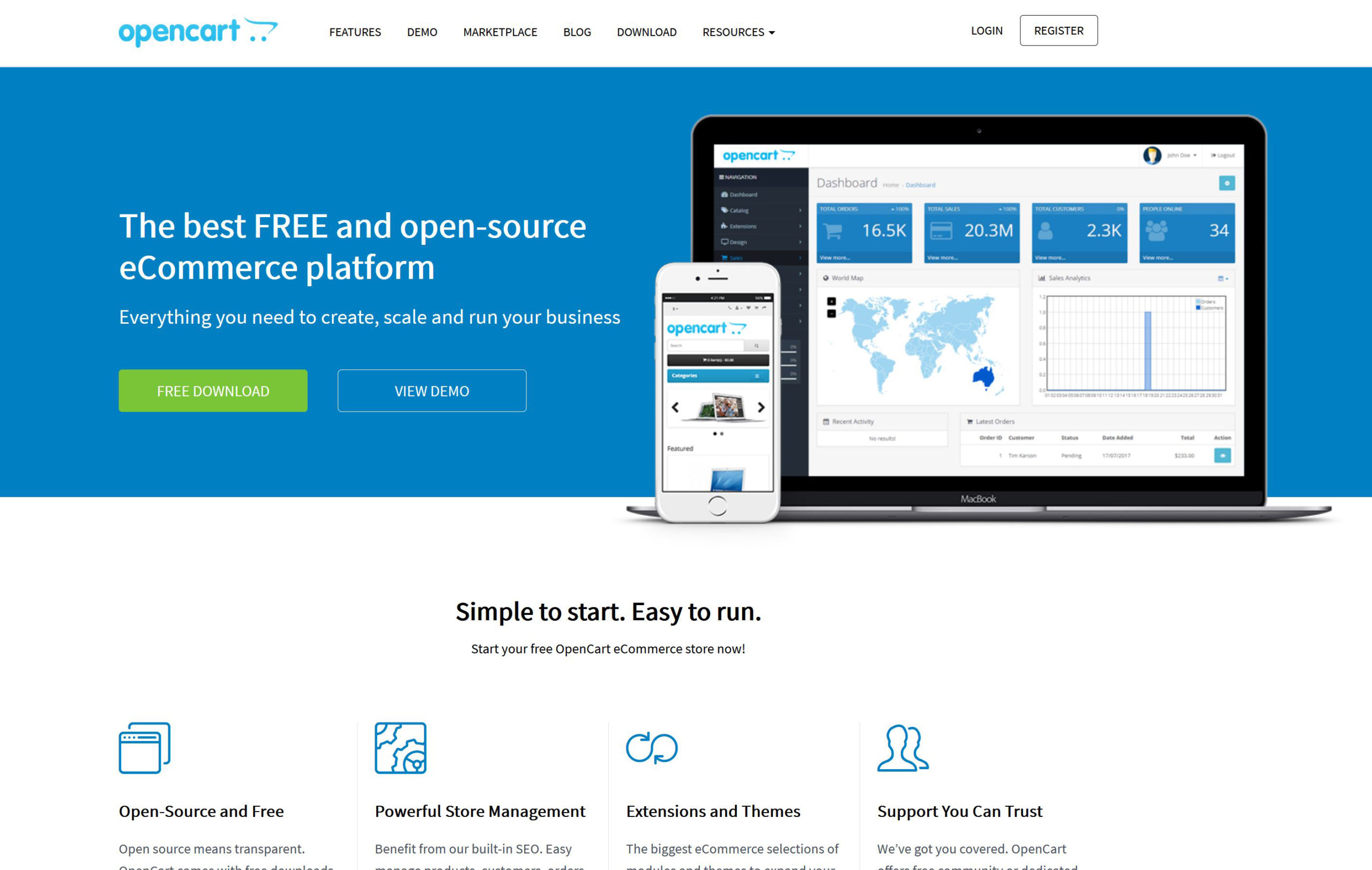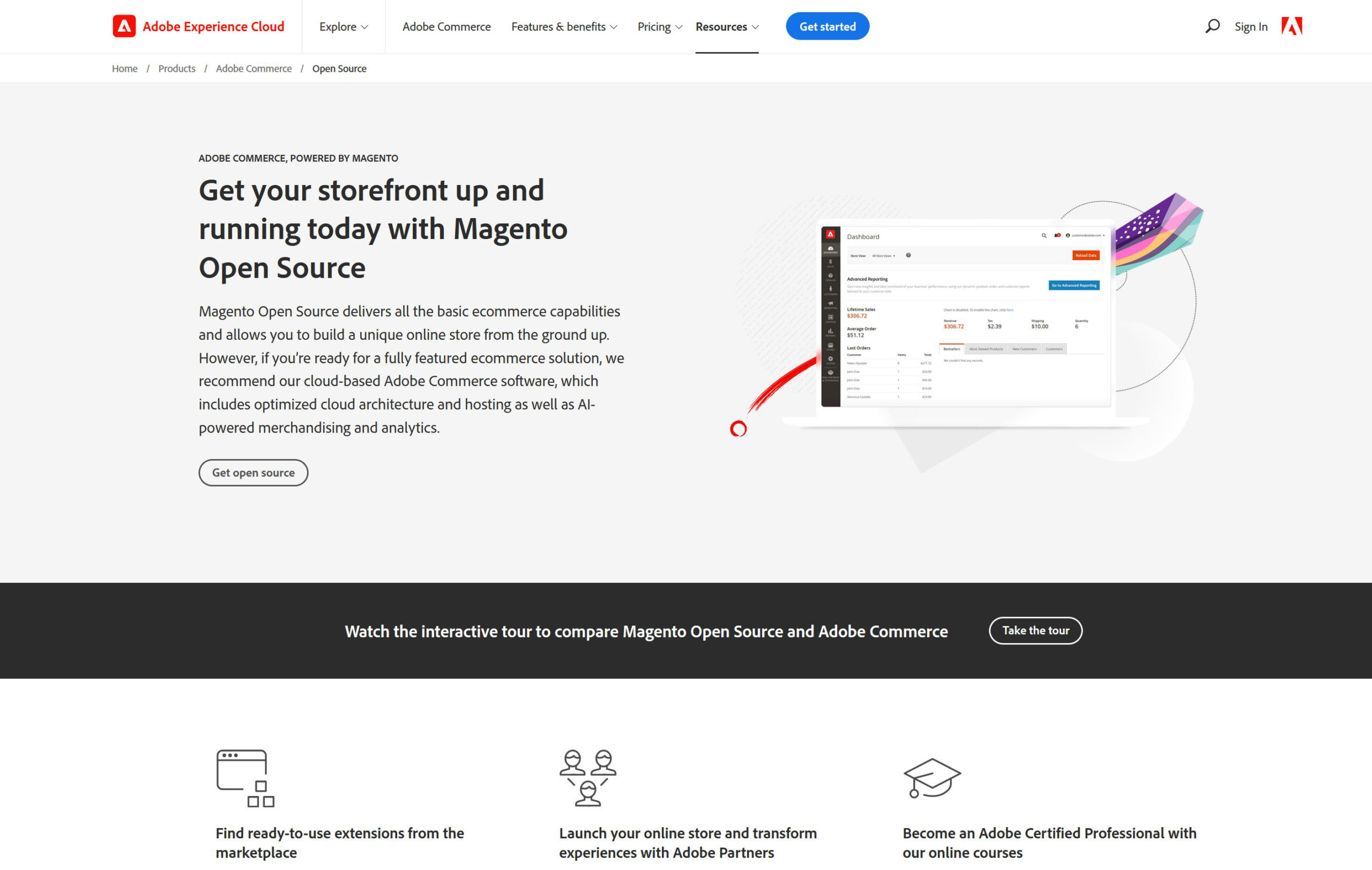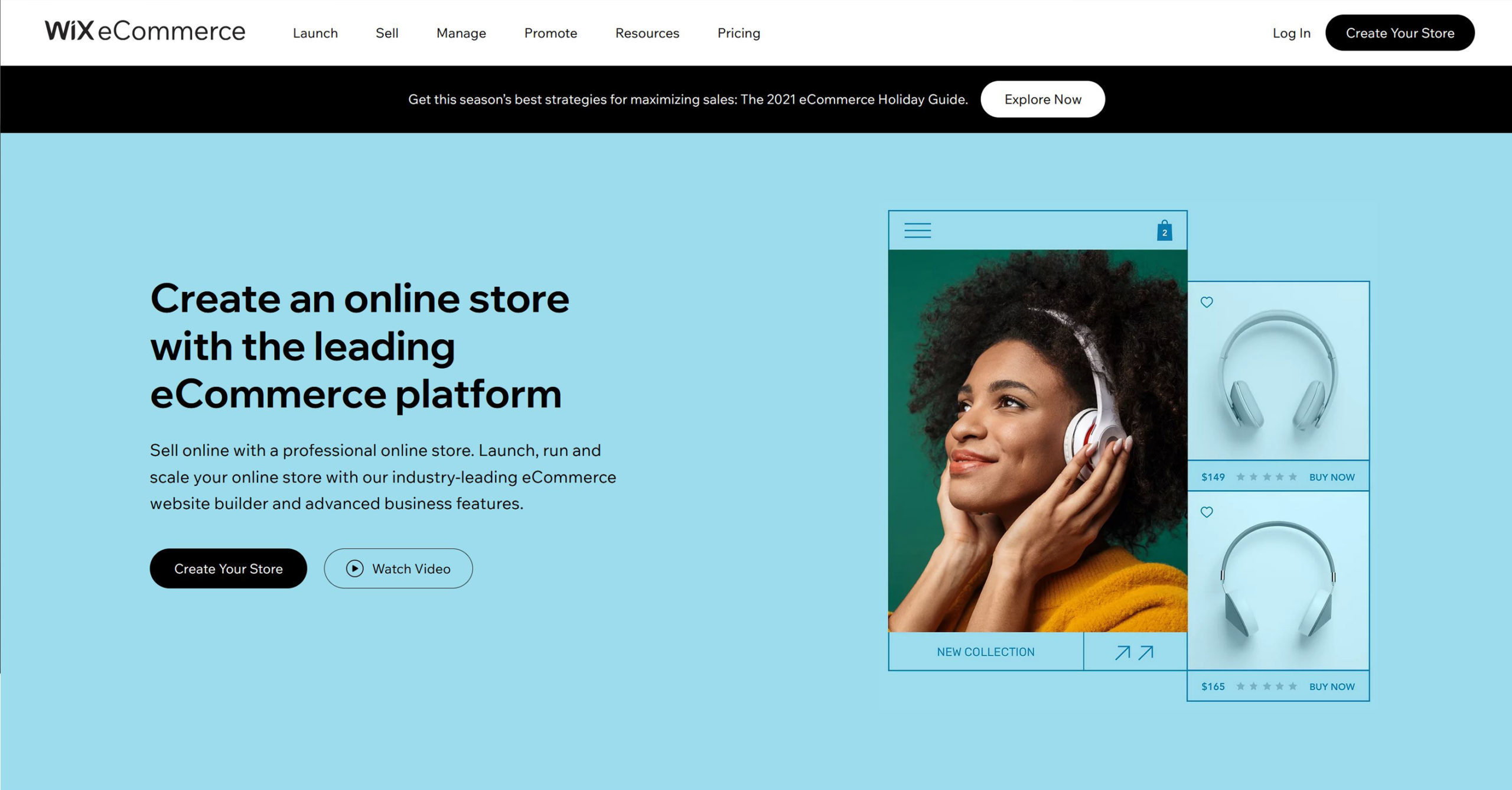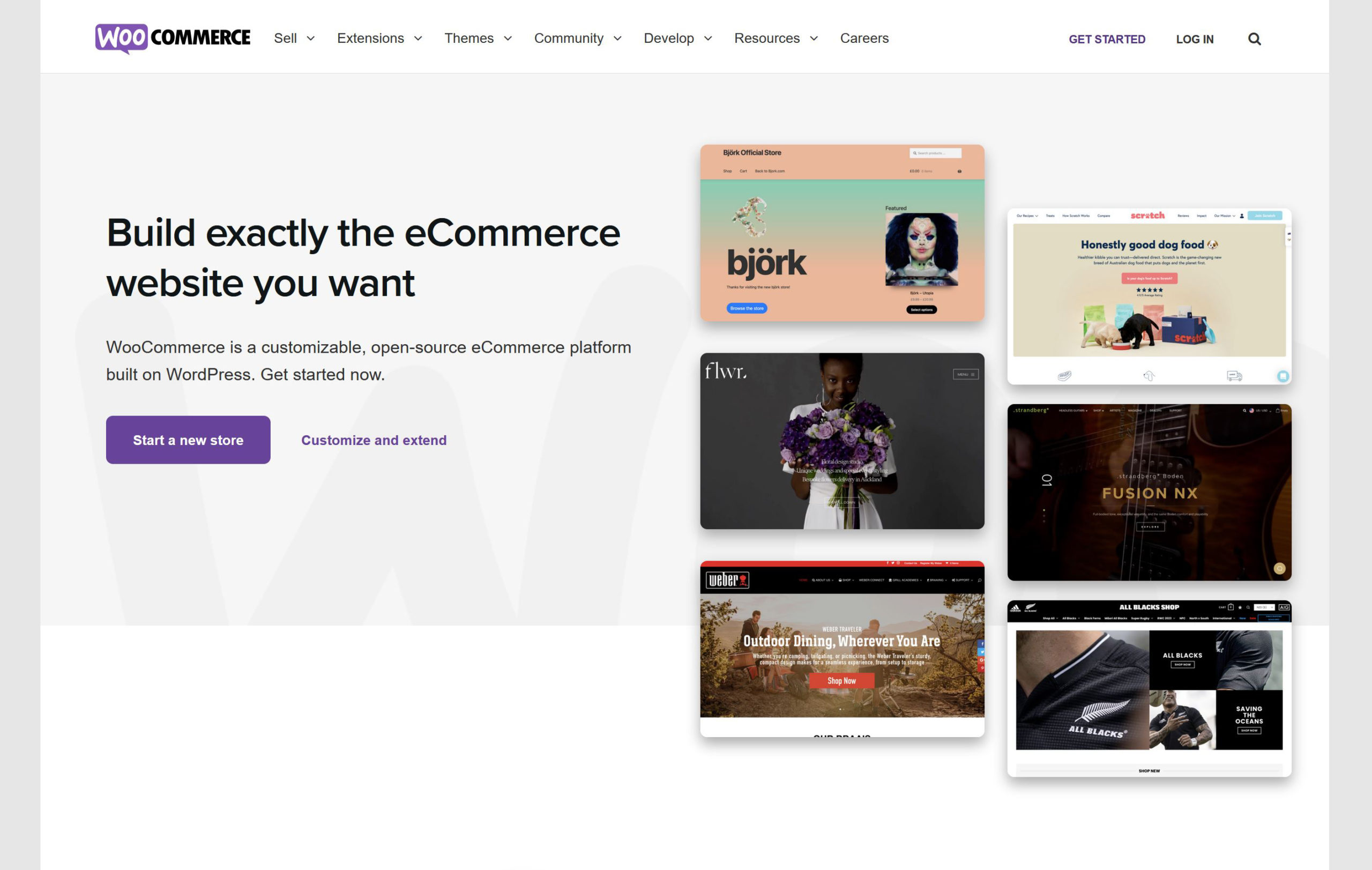Dropshipping has become one of the most consistent ways to make money online in the last decade. Today, fully one-third of storefronts on the internet operate through a dropshipping model. Dropshipping is a form of retail business where you resell products via the internet while outsourcing all your warehousing, packaging, and logistics so that you are never directly responsible for your inventory. Dropshipping distinguishes itself from the traditional retail model in that the vendor doesn’t stock inventory or own any inventory. Instead, the vendor buys inventory from a third party to fill orders as needed.
What Do I Need to Start Dropshipping?
There are few retail operations more flexible than dropshipping. However, it’s important to do your research before deciding if it’s right for you. While it is low-risk, knowing what makes for an effective system can make all the difference.
A successful dropshipping operation requires several factors:
- An eye for great products that can turn a profit
- Design, marketing, and promotional skills
- The correct eCommerce platform to complement your style of business
Today we’re going to drill down on that last factor. There are dozens, if not hundreds, of scalable and robust eCommerce platforms available for people who need to sell things on the internet, but not all of them are suited for dropshipping.
eCommerce Options for Dropshipping Businesses
A tremendous dropshipping platform will allow you to build a fully customized website and storefront, integrate your social media, effectively incorporate your branding, and seamlessly relay order information to the folks handling your warehousing and shipping. In short, a good eCommerce solution for a dropshipping venture streamlines as many parts of your process as possible, leaving you with more time to focus on acquiring great products, your next big promotion, or simply enjoying the fruits of your business.
What Are the Best eCommerce Platforms for Dropshipping in 2022?
Shopify
Shopify is one of the more mature eCommerce systems and one that embraced the potential of dropshipping early. Today, the Shopify platform hosts around a half-million stores, and many of those are dropshipping operations. Unfortunately, although a number of other platforms raced to catch-up with dropshipping’s popularity, most of them still lag behind Shopify in terms of support and features for dropshippers.
Below are some of Shopify’s best features of the dropshipping space:
- Building and editing your online store is easy and intuitive.
- The ability to integrate with a large selection of dropshipping apps.
- Prices start at $29 monthly, or $9 monthly for the less fully featured Shopify Lite service, with additional discounts for paying annually.
- There are no limits on sales or product numbers.
- Good integration with different payment methods.
- There is a 14-day free trial for new customers.
- The hosted platform is suitable for users who don’t want to deal separately with finding a server to host their eCommerce operations.
- Shopify bought Oberlo (a dropshipping supply technology popular with non-technical users) in 2016 and now offers seamless, exclusive integration.
- The platform automatically generates web pages for your Privacy Policy, Return Policy, Shipping Information, etc., which you can customize as needed.
- Shopify offers unparalleled customer support—it has agents available via phone, email, and chat 24 hours a day, seven days a week. However, due to the proprietary nature of the Shopify platform, there is not much in the way of free community support on forums and social media groups. (So, if something goes technically wrong, you often have no choice but to wait for Shopify to fix it.)
- A fine selection of Shopify website themes is available for purchase (plus around 10 freebies) for making your website instantly attractive.
- Shopify Payments technology is built in, but you can also integrate other payment technologies (although you may have to pay Shopify a per-transaction fee for using third-party payment processors on a Shopify hosted website).
- Global viability. Shopify offers built-in support for multiple tax structures, currencies, and languages.
Shift4Shop
Shift4Shop platform used to be 3dcart, and in fact, dropshippers will still be best served by their “3dcart Dropshipping” plan.
Shift4Shop has gotten good reviews from smaller dropshipping operators with simple needs, and it’s easy to see why.
Shift4Shop offers:
- A free plan for U.S.-based dropshipping entrepreneurs who meet criteria
- Extremely cheap dropshipping-focused plans for anyone doing less than $10,000 in sales yearly
- Direct integration with AliExpress, one of the most important dropshipping suppliers
BigCommerce
BigCommerce is another robust and scalable option that may be attractive to certain types of dropshipping operations. BigCommerce is worth keeping a close eye on, as it has been rapidly improving its services and plans in recent years in an effort to make a run at the dropshipping market.
Even with these improvements, BigCommerce is not as user-friendly or intuitive as Shopify but is probably better than Magento. But for power users who aren’t afraid of digging into advanced features (or anyone who gets excited about a platform that is serious about ongoing, rapid improvements), BigCommerce may have a lot to offer:
- Pricing is competitive with Shopify plans.
- The standard plan (most affordable at $29.95 monthly) allows users up to $50,000 in sales yearly.
- It integrates with some popular apps, e.g., Printful, Sprocket (not as many app partners as Shopify, however).
- There is a free 15-day trial for new users.
- There are no transaction fees.
- You may have an unlimited number of staff accounts.
- BigCommerce offers support comparable to Shopify’s, with around the clock phone, chat, and email.
- It’s very scalable to the size of your operation—plans range from the free trial to the “enterprise” offering, which requires you to call for a quote.
OpenCart
OpenCart, as the name implies, is a free platform. Despite requiring more tech skills than most of the other platforms on this list, it’s still reasonably easy to set up, and the variety of available dropshipping plug-ins (both paid and free) can make the experience even simpler.
Besides the prominent perk of being free, OpenCart has some other good things going for it:
- Robust analytics, reporting, and payment information are available from the administrator dashboard. OpenCart gives you tons of detailed information, but it’s accessed through a relatively intuitive point-and-click interface that any eCommerce entrepreneur can handle.
- The free and open nature of OpenCart means you can integrate it with whatever other platforms or services you want, and you retain complete control over where and how to host your website.
Magento
Magento is another major player in the eCommerce scene, although its share of the eCommerce world has dipped below 10% in recent years. This is probably because successfully implementing a dropshipping operation with Magento requires some technical skill and possibly even some coding here and there.
In addition, as dropshipping becomes more popular and newcomers rush to more user-friendly drag-and-drop platforms like Wix and Shopify, Magento’s share of the space has dwindled.
Magento has several options, and all Magento platforms offer customization, scalability, and advanced features that are attractive to power users:
- Scalable and customizable, Magento comes in two versions (Magento 1 and Magento 2, no points for clever naming).
- Two models are available; Magento Open Source is entirely free, while Magento Commerce Premium offers a lot of extra features and support for a fee.
- Magento Open Source (the free version) is sufficient for starting a simple dropshipping operation if you have the hosting space and technical skills to set it up.
- Built-in SEO and marketing tools.
- Magento powered websites are extremely attractive, fast, and user-friendly on the customer-facing side (despite being somewhat technically demanding for less experienced dropshippers on the back end).
- Unlimited products, catalogs, and orders.
- The partially open-source nature means you can find community support through YouTube, dropshipping blogs, and various internet forums (in addition to Magento’s official support for Commerce Premium users).
- Surprisingly, Magento’s market share has dipped from 2018’s 13% to 9%, primarily because it requires a user to know a bit of code.
- Although not great for beginners, Magento is user-friendly enough to set up a simple dropshipping operation without much headache and then build from there as you become more familiar with the platform and its deep list of options.
Note: Magento can be technically demanding and is not recommended for pure newcomers (though it is certainly possible for anyone to implement a Magento operation if they’re willing to take the time to seek help when needed).
Wix
If you’re brand new to the dropshipping game (or eCommerce in general), Wix is a great place to start.
Wix’s features are all geared toward making the process of selling online fast and foolproof:
- Drag and drop website editor makes attractive websites and storefronts simple with no coding or design experience required.
- eCommerce platform and website editor platform integrate seamlessly—there is no disconnected feeling between your website and your online store.
- Integrates with Modalyst (recently announced a partnership with AliExpress) and Sprocket (also works with Shopify and WooCommerce) for dropshipping operations.
- Plans start at $23 monthly, and a limited version of the platform can be trialed for free.
Modalyst is lesser known than other dropshipping apps, but it seems to be great for locating products from locations around the world. Other dropshipping apps might not be able to locate products from those same places. Modalyst recently announced that its app also works with AliExpress, making it even better.
WooCommerce
WooCommerce is a bit different from most of the other options on our list because it leaves you on your own as far as developing your website goes. That’s not to say you have to code an online store by hand in HTML. Instead, you’ll need to integrate the WooCommerce platform with your pre-existing WordPress website to create your dropshipping operation, and there are plenty of user-friendly ways to create beautiful WordPress installations.
WooCommerce is extremely popular globally and touches around a 30% share of the eCommerce space as a whole.
WooCommerce’s fast rise is accountable to the ease of installing the plug-in, but it remains popular with its users for a variety of reasons:
- It’s an excellent option for anyone already using the popular WordPress web editing platform.
- It’s incredibly cheap. WooCommerce itself is an entirely free product, so you’ll only need to pay for any necessary dropshipping plug-ins to tie your WordPress site’s eCommerce features together.
- You have complete control over your web hosting and store design.
- It uses a single-click install and simple user interface via the familiar WordPress plug-in system.
- A large and active community of designers and developers is online due to the popularity of WordPress (check out “WooCommerce Docs,” an in-depth user guide for all things WooCommerce).
- By default, WooCommerce sites come with basic features like catalog and inventory management, geolocation, coupon codes, sales tax, shipping calculator, payment processing options, sales reporting, etc. Users who need more features have over 75,000 plug-ins available.
Note: Some WooCommerce users have experienced slowness with larger stores, as hundreds or thousands of products seem to bloat the WordPress interface and negatively impact the site’s responsiveness. If you have many different products or options, you may want to go with a different, more scalable platform.
Best eCommerce Platform for Dropshipping 2022: The Verdict
All the platforms we’ve chosen for our list are worth trying, depending on your individual needs. But after reviewing all the offerings and the unique benefits of each, our recommendations are:
- Shopify is the all-around winner for a wide variety of features, plan choices, and support options.
- WooCommerce—the best option for WordPress users who want to build their store through plug-ins.
- Magento is best for power users who want full, hands-on control over every aspect of their operation while still having good support.
- Wix—the best choice for total newcomers with no web design experience.
Taking Your Dropshipping Operation to the Next Level in 2022
Get great digital content, design services, or brand consultancy services for your eCommerce operation a step above the competition, contact Eminent SEO today, and learn what we can do for your web presence.


